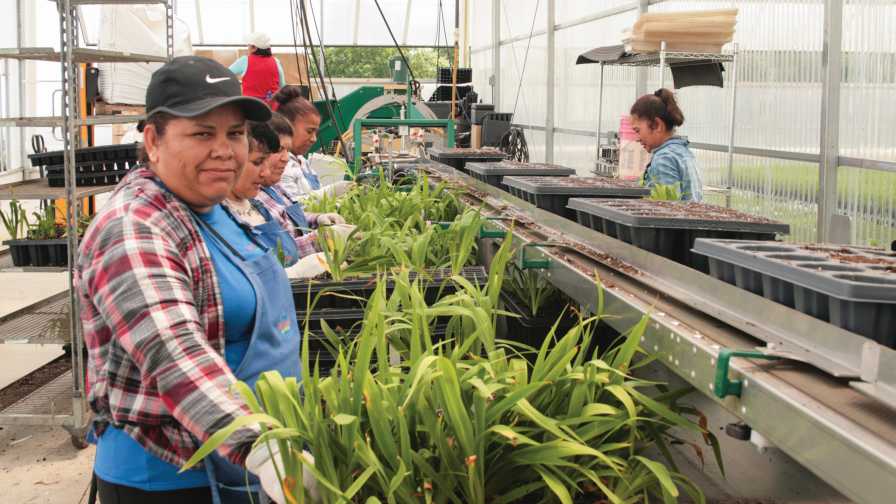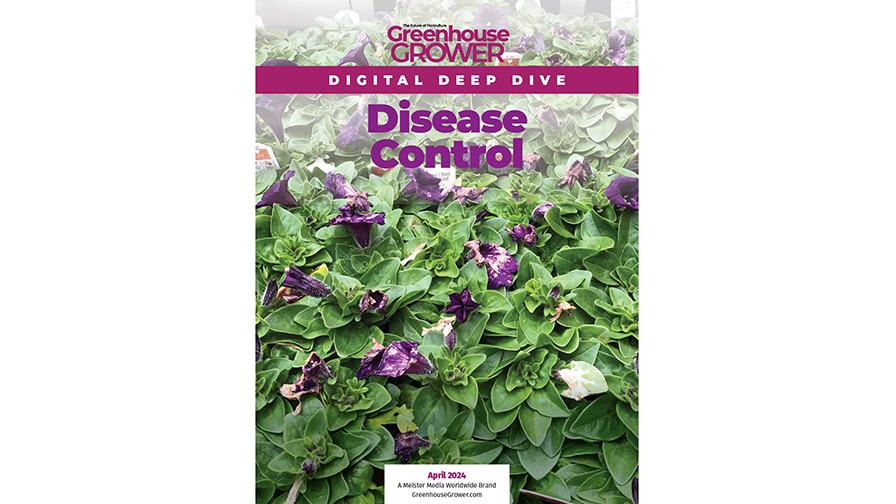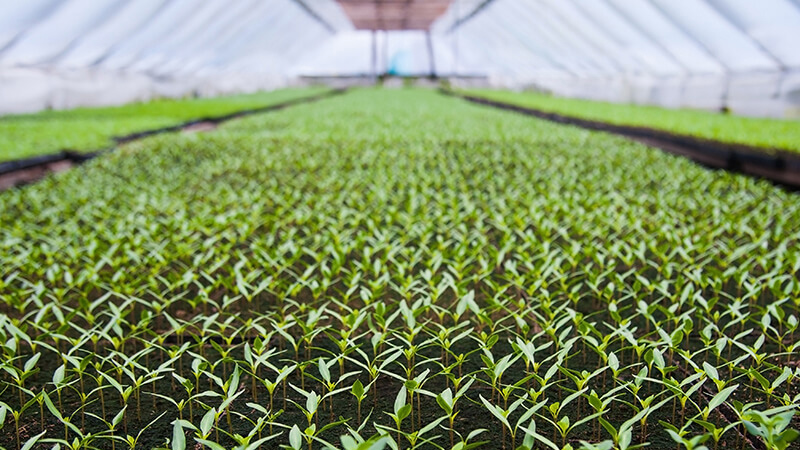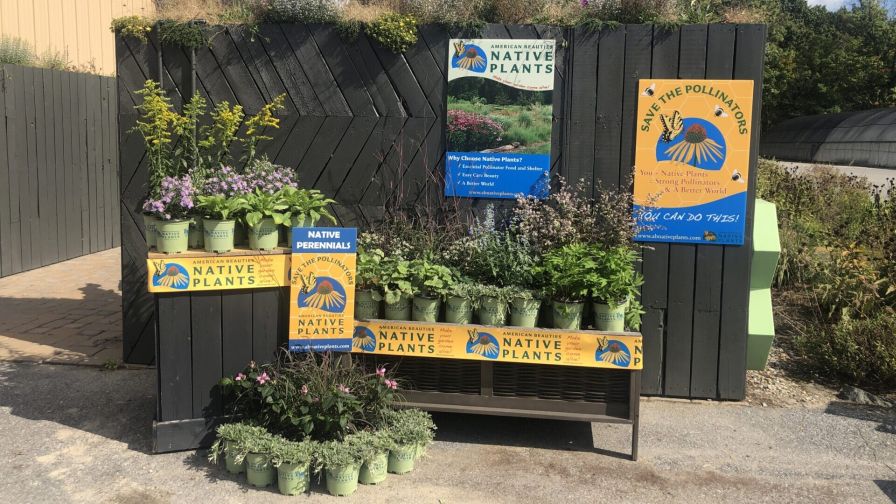Surviving the Storm Before the Calm in American Agriculture
After 20 months of COVID lockdowns during which the world seemed to stand still, the past several months felt like a roller coaster. It’s kind of like when I was learning to drive that ’48 Chevy flatbed truck hauling fertilizer for Dad — in seconds I went from the clutch depressed and engine roaring to lurching forward (and often killing the engine). It’s not clear at this point whether we are going to kill the economy (er, engine) as we try and get the truck going.
Most of us have heard of the old Chinese expression (curse) “may you live in interesting times.” But finding the exact origin of that phrase is tough. Easier to find is a 1627 Chinese expression “better to be a dog in times of tranquility than a human in times of chaos.” I have a feeling we may all relate more to this latter expression before this is all over.
It’s normal to feel like we are entering a unique period and that the world is going to you-know-where in a handbasket. The title of this article was borrowed from a recent book I read that was both disturbing and reassuring at the same time. I strongly recommend you read the book (George Friedman, “The Storm Before the Calm.”) Its main thesis is that America goes through 80-year cycles of reassessing the role of our government and 50-year cycles in culture/politics. At the end of these cycles are a period of “storm” when the order shifts, followed by a period of “calm” as the new order unfolds.
Dr. Friedman’s thesis is that for the first time these two different cycles will coincide in the 2020s, during which a great storm will be focused on the U.S. role in the world, the optimal state and federal balance, how we define and practice personal liberty, and the effectiveness of our governmental entities at the federal, state, and local levels. While apprehensive about the coming storm, I am reassured that this road has been traveled before and the world did not end.
For most of the past 30 years, U.S. agriculture has enjoyed a relatively tranquil period:
- Stable and growing food demand growth.
- Strong global demand with stable customer relationships.
- Efficient, low-cost input supply lines, especially fertilizer and chemicals.
- Modest and manageable currency fluctuations that were as likely to provide a tailwind as a headwind to our industry.
- Fed monetary policy focused on delivering declining inflation and low interest rates.
- An ethanol boost providing a generational spike in net corn demand.
The Storm
Enter the COVID pandemic, the first squall line in the storm. Most of us considered this to be a temporary pause followed by a return to business as usual. The primary agricultural effect of this was felt in supply chains — whether it was agrochemical supplies or tractor parts, nearly everything was harder to get as supply lines stretched out and “lumps” of inventory accumulated.
There is a tendency when supply chains are squeezed for prices to rise, but the biggest unintended consequence this time around was the impact of ultra-loose U.S. monetary policy (negative real interest rates) and fiscal policy (literally handing out trillions of dollars in newly printed money). Piling increased demand on top of dysfunctional supply chains and unleashed a wave of inflation in goods, services, and real assets. Labor markets were scrambled as workers were paid more to stay home than work and wages had to rise rapidly to attract help. Even as the pandemic severity has eased, many food channels remained closed as a lack of labor made it impossible to return to business as usual. Fiscal policy has already been reversed, and the Fed is very slowly reversing monetary policy to attempt to get inflation under control without killing the truck engine. (Tip: Letting the clutch out while the engine is still gunned might provide better results.)
The second squall line occurred when Russia invaded Ukraine. The first direct supply chain impact of this was felt in energy and fertilizer markets, where availability dropped and prices concurrently spiked. But the perhaps bigger demand chain impact will be felt in the coming months and years as food exports from Russia are shunned, food exports from Ukraine are blocked, and food exports from many countries are now being prohibited by governmental food security policy. Millions of people in Africa and the Middle East depend on this food, and the second and third order effects are difficult to predict. I can say with some confidence the effects will not be good from a human suffering or governmental stability standpoint. Bad things happen when people get hungry….and lots of people are going to get hungry in late 2022 and 2023.
Fat Tails
It’s tempting to think all of this is bad for everyone. Not true. The reality is that high volatility results in fatter tails. (Tails refer to a normal “bell curve” of outcomes, with a few very bad outcomes, a few very good outcomes, and a bunch of middle outcomes.) In a fat tail outcome environment, some players make far more money. For example, the companies selling liquefied natural gas to Europeans eager to cut off Russia will do quite well (at least for a while). The financial stress increases for many others, though, especially if they are caught between escalating inputs and (clogged demand chain) outputs.
The U.S. ag impact of all this will be dependent upon being nimble enough to pivot both supply chains and demand chains to navigate the storm. My gut says the umbrella, raincoat, and rubber boots are probably going to be needed for 24 to 36 months before the outlines of the new world become more visible. It will likely not be a return to business as usual.
The Calm
I cannot predict the future, but I will hazard a guess about some features of the 2025+ ag world … To see those features and more, continue reading this article in its entirety at CropLife.com.









